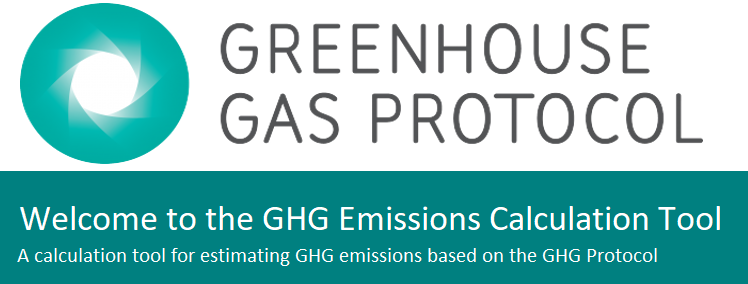Net Zero Targets and Progress Reporting
In order to bring impetus and acceleration to our efforts to meet the Global Target to reach Net Zero by 2050, individual Nation States have defined their own Net Zero Targets, in order to meet their commitments under the Paris Agreement. In many countries, including the United Kingdom, such Targets have become legally binding.
Targets are being set at the National level, and what are termed ‘Nationally Determined Contributions’ are being calculated and plans are being now put in place to reduce them towards a state of Net Zero in the first instance, and then beyond to become Carbon Negative. Large Multinational Corporations are entering into voluntary Net Zero Targets through organisations such as the Science Based Targets Initiative. Small and Medium Enterprises are setting targets, and wanting to show how they can reduce their footprints. Institutions such as schools and universities want to help. We all want to take part in the common goal to mitigate climate change.

However, despite a very rapid increase in the numbers of organisations that are adopting and publishing their Net Zero Targets in the public domain for all to see, there is still no standardisation or consistency in the disclosures of the emissions reductions targets and the progress against those targets. Indeed, concise, data-centric plain-language climate commitments, and reporting on progress as part of annual filings, are a rare find. As result, the exact content of targets often remains opaque to company stakeholders, investors, and the public at large, and are very difficult to compare against each other or against benchmarks for a particular business sector.
Some organisations only allow the setting of targets according to very strict criteria. Although this is laudable, it inevitable then excludes companies and even entire countries who will simply be unable to meet those criteria in the time frame required, and they then are excluded from a common objective which has t be just ‘start and do the best that you can’.
In addition, the target setting plans are extremely complicated, and whereas large multi national corporations have the resources to engage in those plans, smaller quoted companies and privately held ‘small to medium sized companies’ (SMEs), will not have those resources, and need a simpler and realistic way to estimate emissions, and set a simple forward plan to reduce them, rathe than doing nothing at all, which is the probable case today.
The vast majority of companies are privately owned and do not have a sensible and simple way in which to enter into Net Zero Targets and report their Progress. In the United Kingdom some 99.9% of businesses are SMEs (0-249 employees), or smaller. Those companies are not driven by shareholder or investor pressure to enter into formal Net Zero Target plans, but want to be able to do so.
It should be very simple, something like:
-
Reduce emissions by 50% by the year 2035, and have a simple way to report Progress
-
Reduce emissions by 90% by the year 2050, and have a simple way to report Progress
-
Invest in local carbon sequestration projects (plant some trees) to offset the remaining 10%, and have a simple way to report Progress
At Net Zero Matrix we provide the mechanisms to enable all companies, great and small, to report Net Zero Targets and Progress against those targets.
There are many online resources that enable companies to make calculations of their initial carbon footprints, so that there is a starting value to work with. For example, the Greenhouse Gas Protocol has a free, Excel based tool here.

